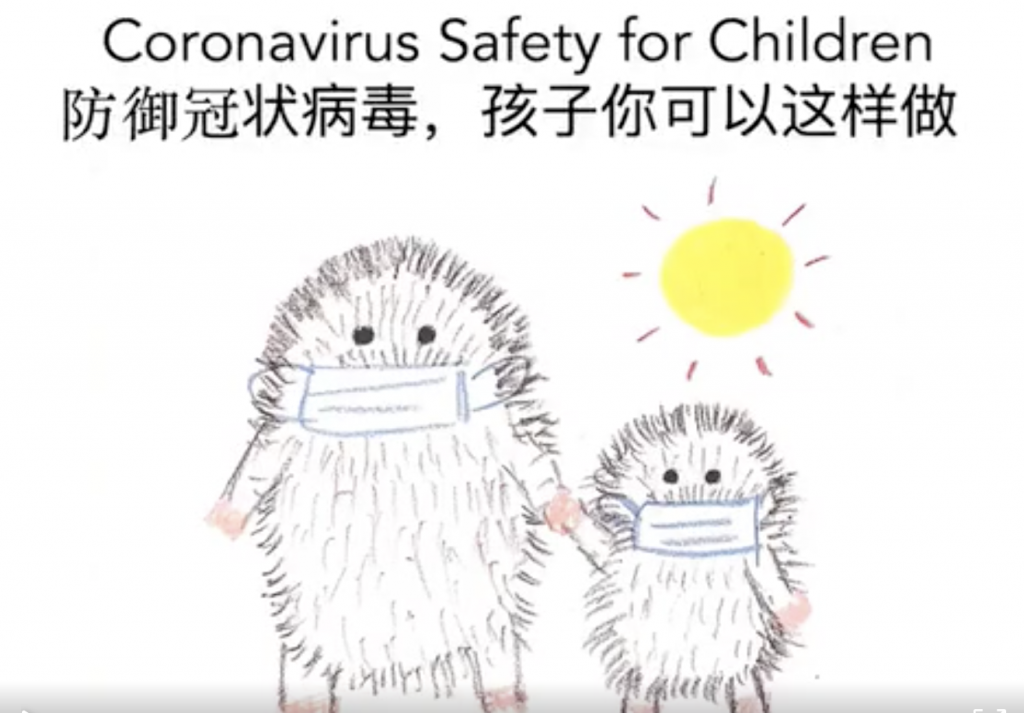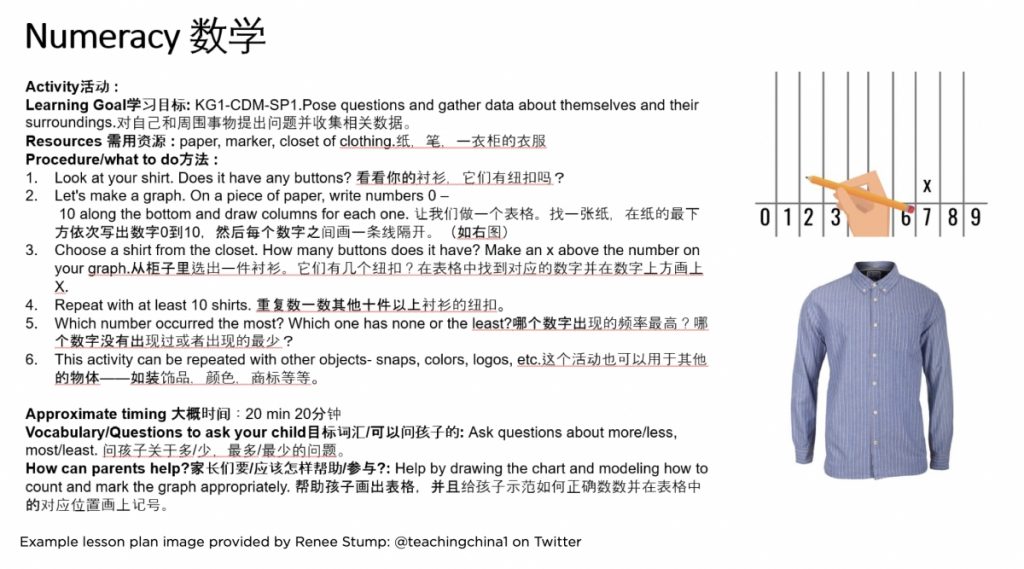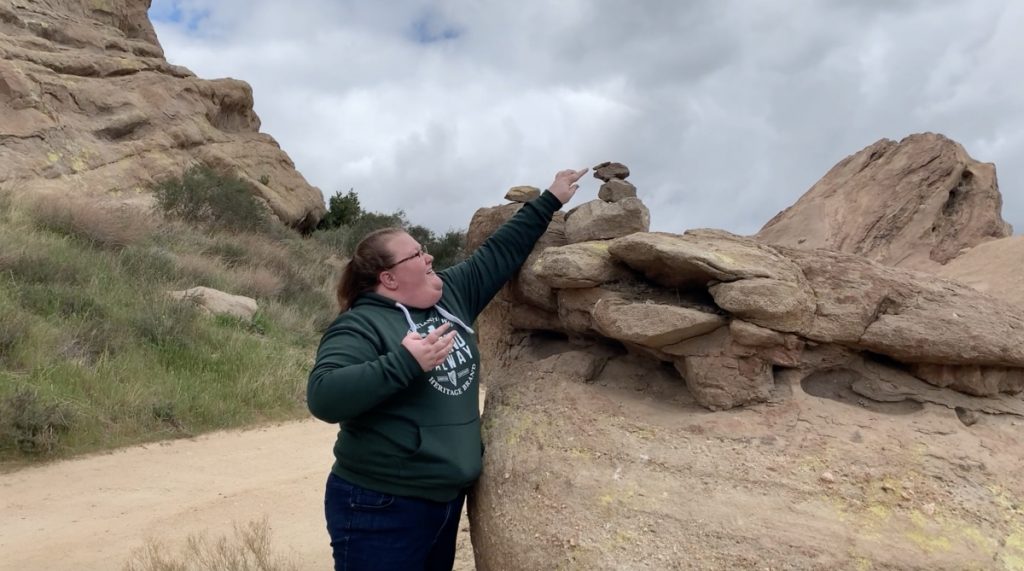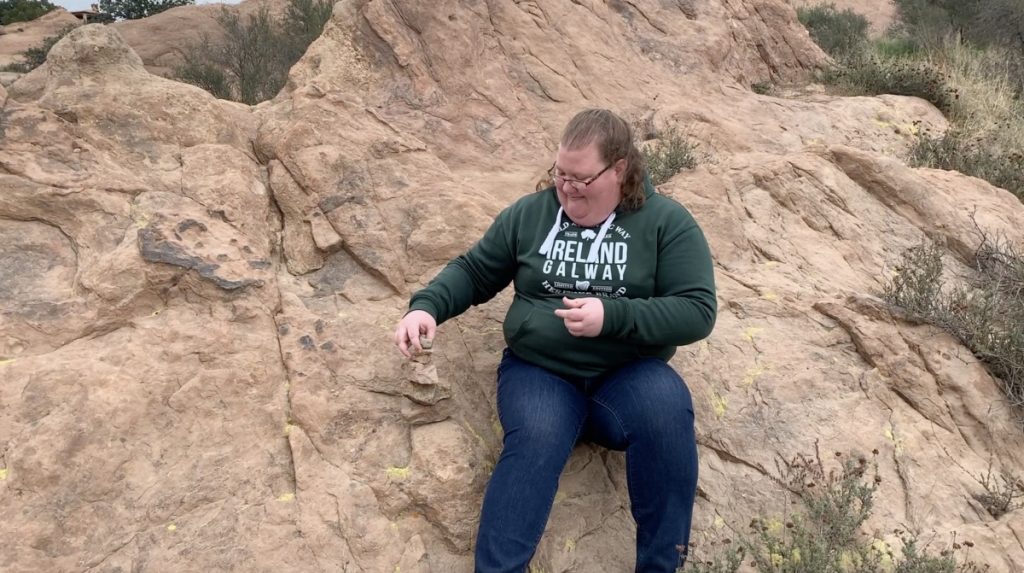The novel coronavirus (COVID-19), has caused many PreK-12 schools to transition from face-to-face instruction to some form of online learning. In order to support the transition to remote learning, the faculty, students, and alumni of the Master of Arts in Educational Technology (MAET) program have put together several blog posts that will focus on general considerations, challenges, and specific strategies at the PreK-12 level.
We are honored to work with and learn from the MAET community as they navigate and implement this change in instructional delivery in their learning communities. Please enjoy the second post in our series by Renee Stump, an MAET overseas student who is sharing a piece of her story in hopes to support you and your learners.

Renee Stump teaches KG1 (3-4 year olds) at a bilingual school in Wuxi, China. She has nine years of experience as a teacher and administrator across early and elementary grades. You can learn more about Renee’s work and connect with her through her website and at @teachingchina1 on Twitter.
Teaching Parents to Teach
Distance learning means I’m set up with my phone dangling from the kitchen chandelier as I produce a math video for my preschoolers who have been learning at home for six weeks. As a teacher in China, we were the first affected by recent events—occurring during our 3-week Chinese New Year vacation with staff and students scattered around the globe. As a preschool teacher, I faced planning activities for caregivers to do with their children while I remained 7,000 miles away without access to my work computer or resources. My students are primarily local Chinese students while our curriculum is bilingual, so panicked thoughts raced to How will I teach phonics and English when their families don’t speak English?!? It’s IMPOSSIBLE!
Panic is a natural first response, but don’t make it your only response. The first week was grueling because I was determined to stay on schedule with my existing plans for starting a new phonics unit. I really wanted to showcase my tech skills, but it led to overwhelmed families who were already dealing with the stress of quarantines, road closures, and work schedule changes. I grew frustrated by the limitations of emails and attachments.
Instead of a deficit-focus, I approached week 2 by taking an inventory of assets. What are we working with? I have 1) lots of adults in the household eager for involvement 2) no technology, 3) nearly all families in quarantine. Additionally, my school kept its focus on developmentally appropriate, hands-on learning. As a grade level, we create 8-10 daily activities that cover each domain of our curriculum. These use common household items and promote collaboration, communication, and social-emotional well-being. Essentially, we have spent this time teaching parents how to play with their children and incorporate learning along the way. We are attempting to stay visible and connected by sharing videos between home and school.
The best resource I found was simply the world around me. When I post videos to my class, I try to locate something in the natural world, highlight a concept, and pose a challenge to my students. For example, on a hiking trip, I saw many cairns—towers of rocks. In my video, I counted the number of rocks stacked up, attempted to build my own, and challenged them to build one too, counting each rock in English. I prefer to use Camtasia for video editing and HandBrake for shrinking the file size.
Parents have become the most important element for success. It feels like I’ve been promoted to coordinator where I’m supervising parent-teachers and helping them get the most out of their time with their child. I’m worrying less about English and encouraging parents to read, write, and speak Chinese, knowing that native language fundamentals are building blocks for second language acquisition. For now, I post English stories from Storyline Online, starting with books we have in our classroom. My team plans weekly activities connected to one English and one Chinese story per week.
Lastly, we have placed focus on helping parents acquire tools for explaining current events to their children in age-appropriate ways. In the early years, we have emphasized healthy behaviors―handwashing, covering coughs, letting others rest, wearing a mask, and keeping the house clean. It’s important to address fears without creating new fears―for example, we want parents to emphasize health, rather than saying we can’t go outside because it’s unsafe. There is no need to be scared of the outdoors. Another teacher wrote her own social story to help young children and parents. No parent has been in this situation before, so giving examples of age-appropriate dialogues can go a long way to calm fears.
It’s a unique moment in time that will unite a generation the way that my generation united on September 11th. Let it be special, offer stability and familiarity, know that it won’t last forever, and that your students will come out of this experience having learned skills from their families and caregivers at home that they couldn’t have learned in school. Find the silver linings and celebrate each accomplishment!

The MAET community is here to support you. Looking for a resource? Feeling stuck with your next step? Trying to troubleshoot something? In search of inspiration? Have something funny or inspirational to share? Send a tweet to #MAET to connect.








